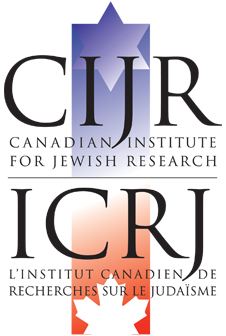Tal Ariel Yakir
Israel Hayom, Apr. 21, 2025
“… the Jewish underground members began to organize for the revolt, in which hundreds of prisoners participated.”
As a young boy, Biskowitz became one of the few people who survived for an extended period in a death camp, participated in the revolt that led to the camp’s closure, and was the last Jew to leave Sobibor alive. He testified at the Eichmann trial, taking the stand in police uniform and presenting the camp map he drew himself, which became the most detailed documentation of the site to date. The camp map he meticulously created contributed significantly to exposing Nazi atrocities and assisted in archaeological excavations that uncovered gas chambers and crematoria that had remained buried and hidden underground for decades.
Eighty-two years after his escape from the camp and 13 years after his death, the Israel Police Heritage Center has produced a virtual reality exhibit dedicated to his work exposing the mass murder at Sobibor. Simultaneously, an academic article titled “Reassessment Based on Archaeological Excavations and Documentation as Tools for Reconstructing Sobibor Camp: The Testimony of Yaakov Biskowitz as a Test Case” will soon be published by Chief Inspector Dr. Yossi Hemi from the History Department of the Heritage Center and archaeologist Dr. Yoram Haimi, who excavated the area for 15 years and revealed the remains of the death camp to the world.
Sobibor was one of three death camps, along with Treblinka and Belzec, established as part of “Operation Reinhard,” a comprehensive plan to exterminate Polish Jews. The camp was established in 1942, and shortly afterward, 15-year-old Biskowitz arrived there with his parents and sister Hinda. His mother and sister were immediately sent to the gas chambers, while his father was selected to work in the camp as a carpenter.
“I, being a child, was dragged by my father,” he recounted during the Eichmann trial. “From that transport, they took about 12 people. From the first day, I worked with everyone. Initially, it was building the camp and barbed wire fences, and we dragged branches running from a distance of about 1.9 miles.” …SOURCE


